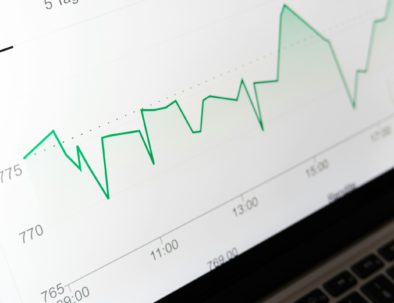Sustainability Targeting
SEAP Sustainability Targeting (SST)
Determine the effectiveness of changes in equipment and O&M strategies in terms of sustainability, service reliability, and financial value

Sustainability Targeting
The SEAP Sustainability Targeting (SST) Solution provides advanced capabilities to forecast, assess, and compare energy usage, CO2 emissions, and financial value from installed equipment or modified O&M methods.
SST complements existing ESG planning by removing the complexity in valuing sustainability projects and orchestrating efficient M&V.
SST Advanced Analytics & Process
SEAP's Sustainability Targeting (SST) solution automates process management capabilities, facilitating the efficient creation of precise, measurable, validated, and tailored sustainability projects for energy conservation, sustainability, and renewable supply efforts.
IPMVP standard methods are driven by our Workforce Management Solution to efficiently plan, direct, and measure spending in terms of workforce time, monitoring equipment, and installation cost.


AI/ML based Predictive Maintenance
SST develops and tracks weather normalized key performance indicators based on real time monitoring and analyzes when these metrics are not meeting their expected KPI goals.
These KPI goals include such items as sustainability, service capability & reliability, and achievable financial value given maintenance spend. This enables economical value based maintenance scheduling decisions.
SST is integrated with Fault Detection and Diagnostics to provide Global Visibility and alerting of asset performance.
Digital Sensor Integration and Real-Time Energy Measurement
The integration of disparate IIoT and legacy system sensor data and information stands as a pillar of SST's capabilities, enabling the conversion of complex datasets into actionable energy usage information.
The platform's ability to process real-time data unit conversions and create virtual point tag energy measurements (e.g. multi-electrical current and voltage sensor readings converted into totalized kWh energy) caters to the creation of a variety of low cost energy management measurements from existing and new disparate data sources. This helps ensure that every Joule (kWh) is accounted for accurately, thereby enhancing the accuracy of energy-saving or renewable generation activities and providing a low cost monitoring foundation for verification, validation, and projection of value from sustainability efforts.

